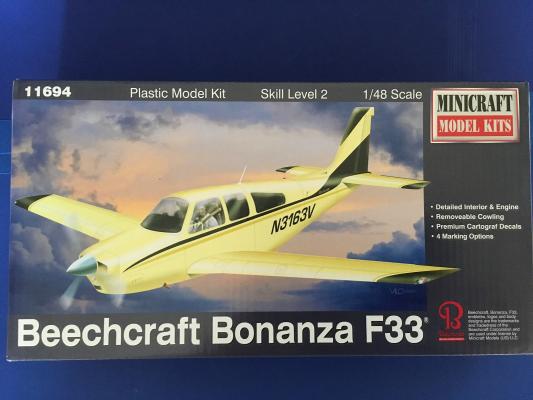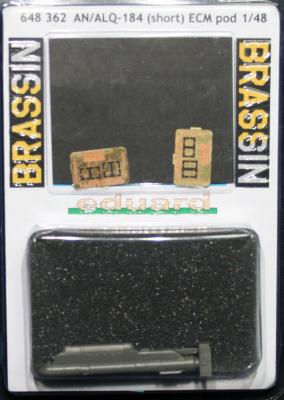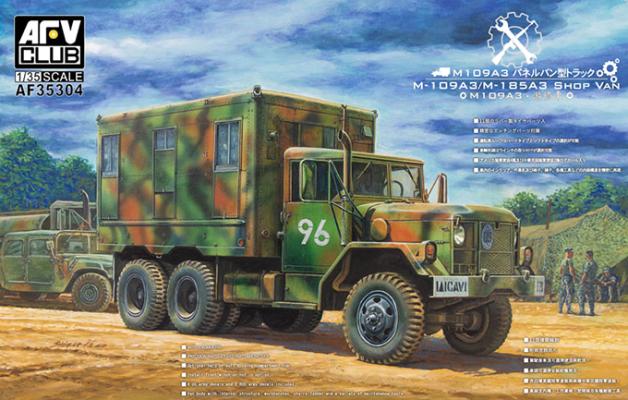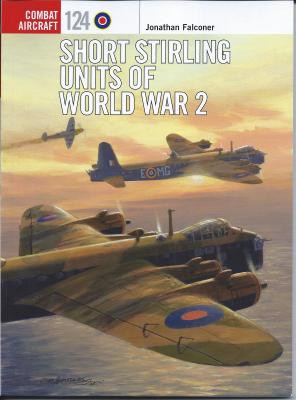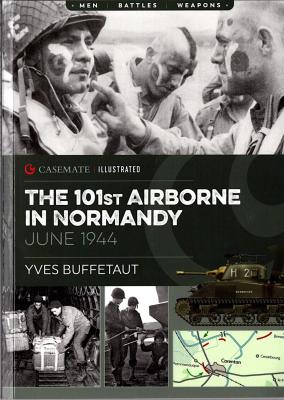The Beechcraft Bonanza was developed and first flown in 1947 in the “V” tail configuration. In the mid 50’s the design was changed to include a conventional empennage, consisting of vertical tail and horizontal tailplane. This model was called F-33.
This 1/48 scale Bonanza has been around a long time through several different model manufactures, in the “V” tail set up. I remember building it years ago. I think I donated it to my high school that had an aeronautics program.











